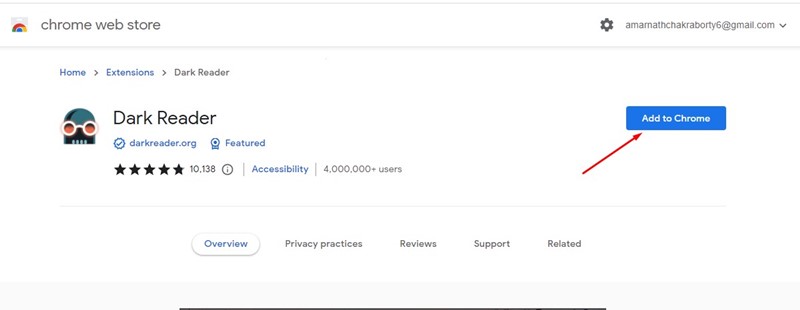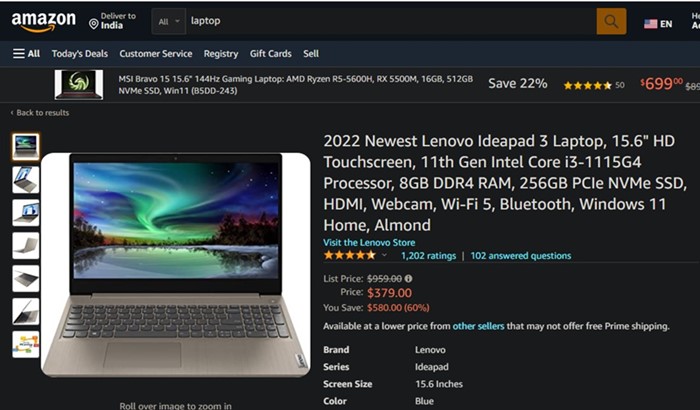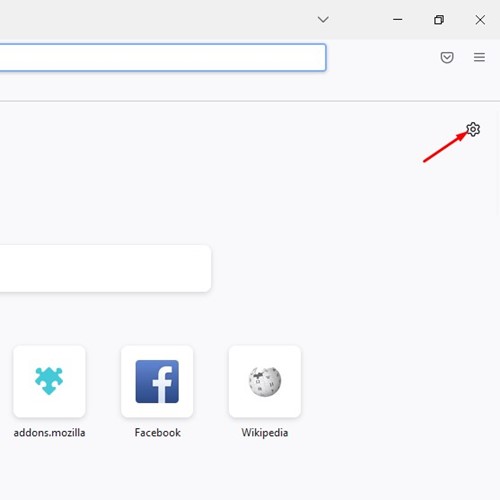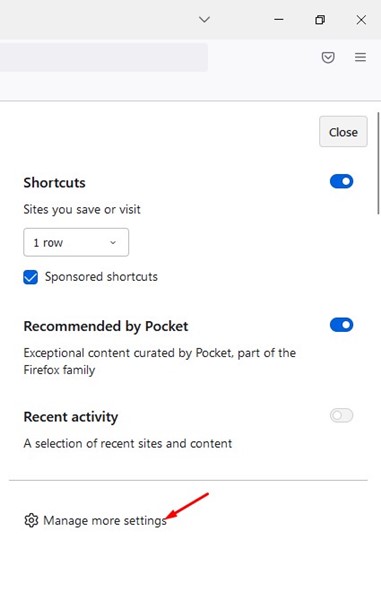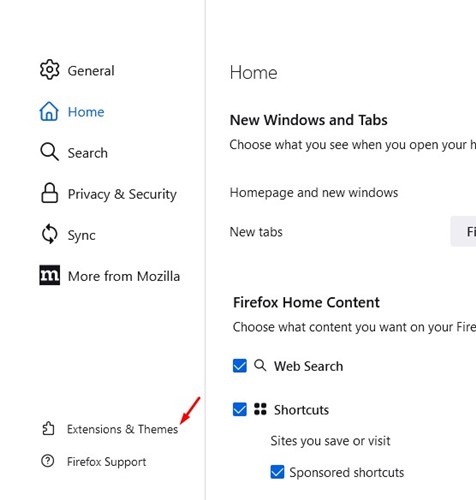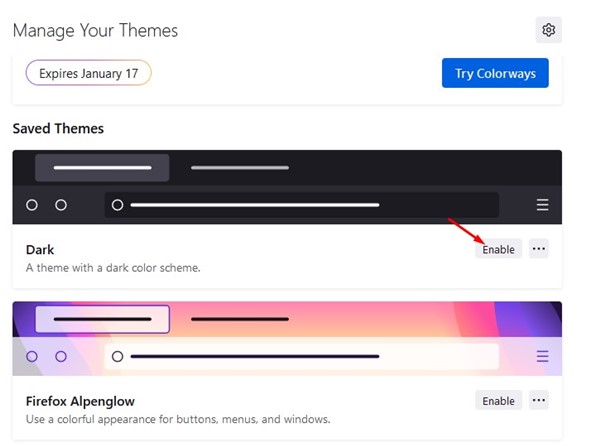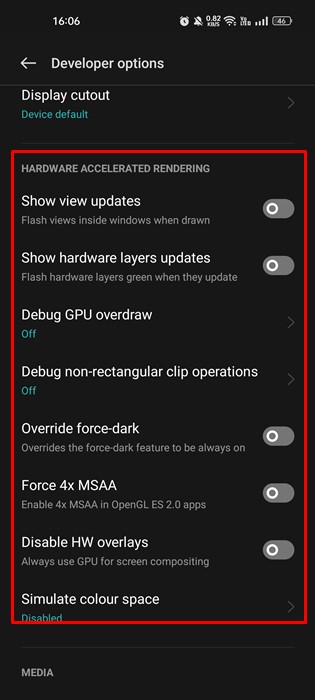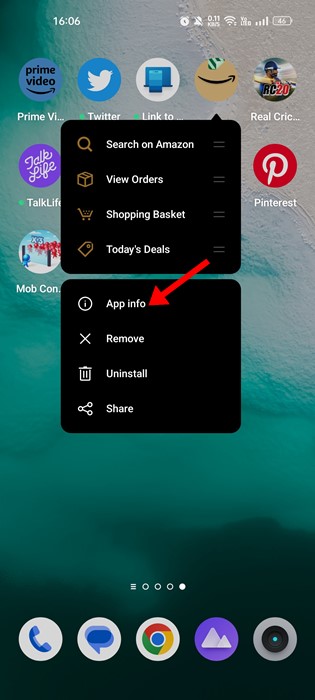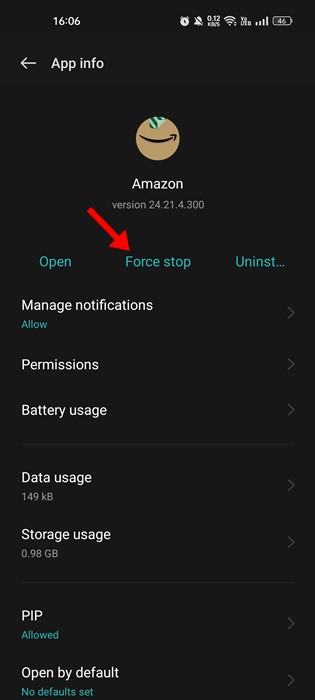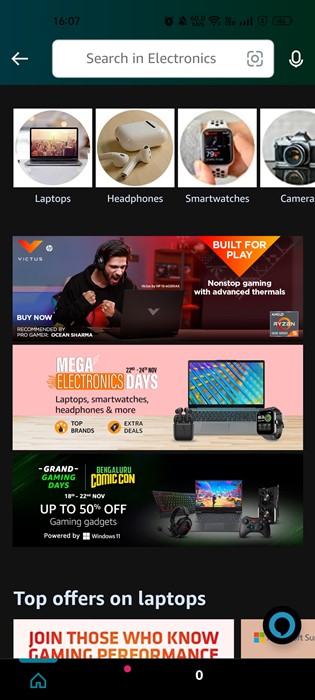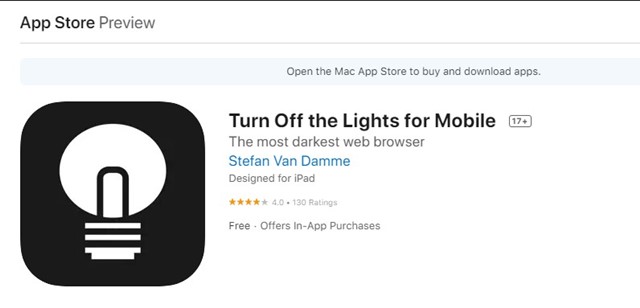With more people adapting to Dark Mode, it has become more important than ever. Dark Mode reduces eye strain, improves readability, and saves battery life. Few users always prefer to use Dark mode on their systems and apps.
- First, open the Chrome browser and install the Dark Reader extension. The extension is available on the Chrome web store. .
- Once installed, all your open tabs will appear in the Dark Reader.
- Once installed, click on the Dark Reader extension icon and turn it off. On the filter, select ‘Dark‘.
On Google Chrome, you even have the option to schedule dark mode. So, if you prefer to schedule dark mode, check out our guide – How to Schedule Dark Mode in Google Chrome
First, open the Firefox web browser on your computer.
When the browser opens, click on the Settings gear icon in the top-right corner.
On the menu that appears next select Manage more settings.
On the Firefox Settings, switch to ‘Extensions & Themes‘.
Now, under the Saved Themes, find the Dark Theme and click on the Enable button.
Open your Android App drawer and tap on Settings.
On Settings, scroll down to the bottom and tap About Device. Next, on the About device screen, tap on the Build number several times.
This will unlock the developer options. Now open the Developer options and scroll down to the Hardware Accelerated Rendering.
Now enable the option ‘Override force-dark‘
On the App info screen, select ‘Force Stop‘.
First of all, download & install the Turn off the Lights app on your iPhone. Once installed, launch the app and select Manage Options. This will open the Safari web browser. Tap on the hamburger menu and tap on the Night mode. On the Night mode, check the option ‘Show the night switch button below the web page..’
